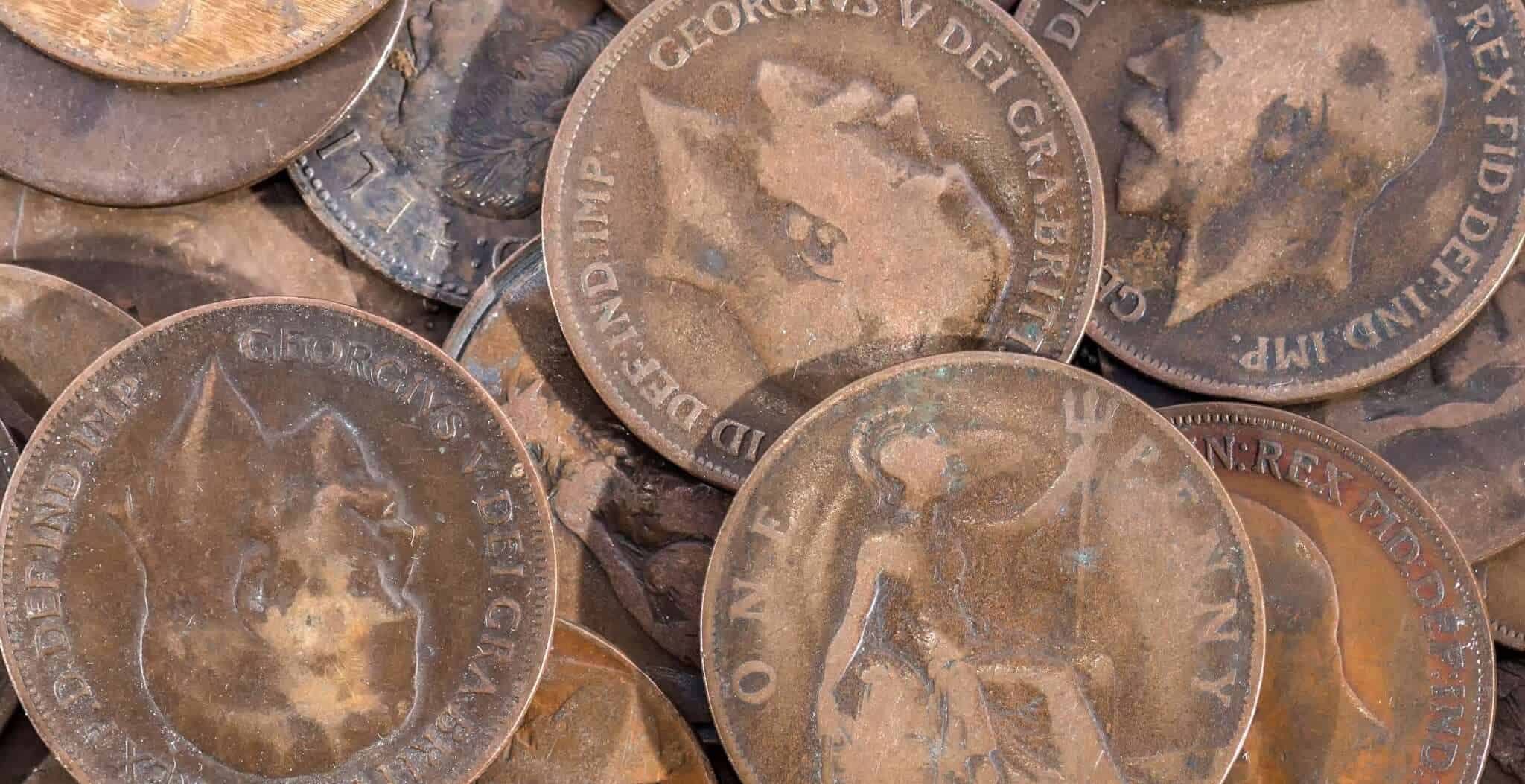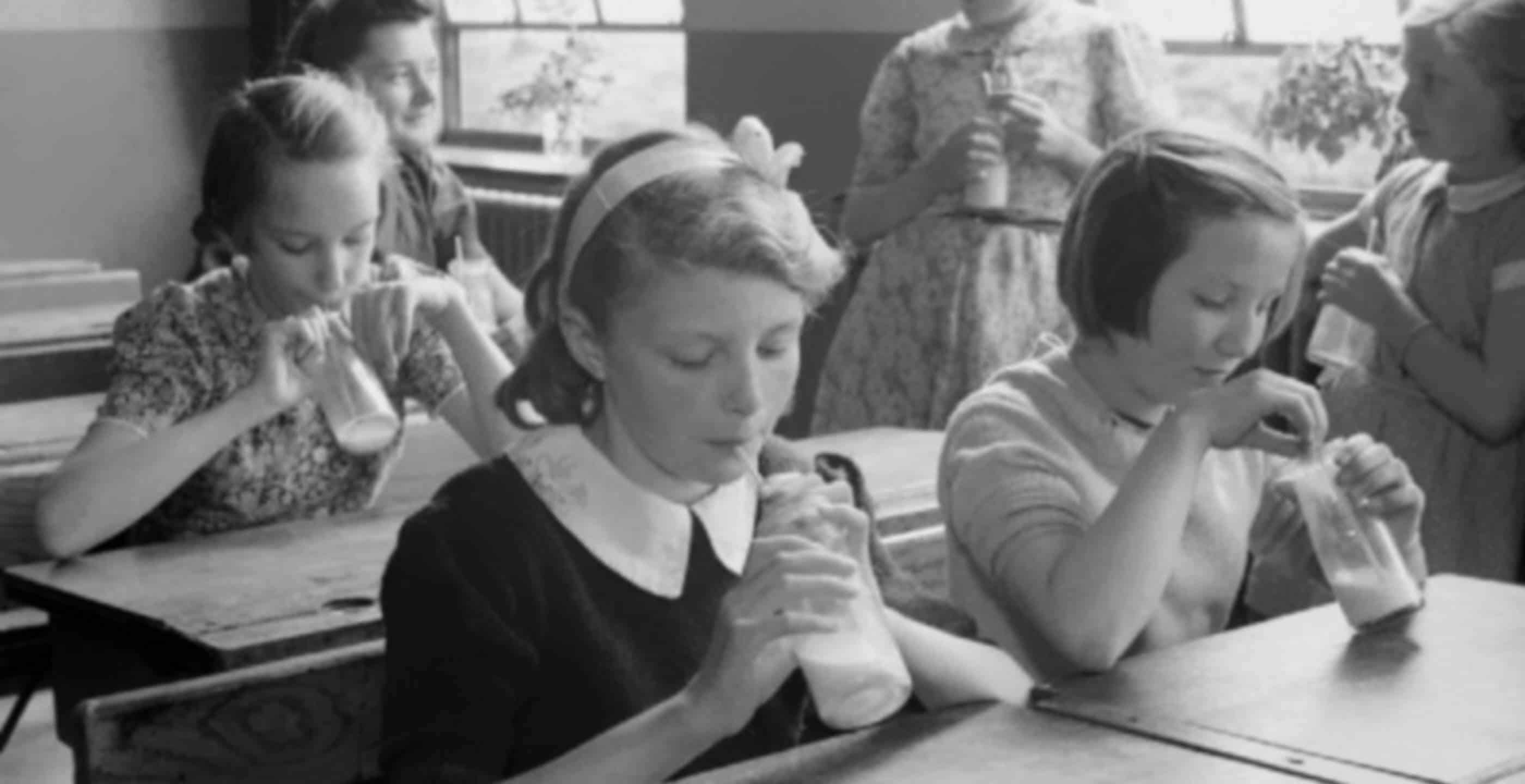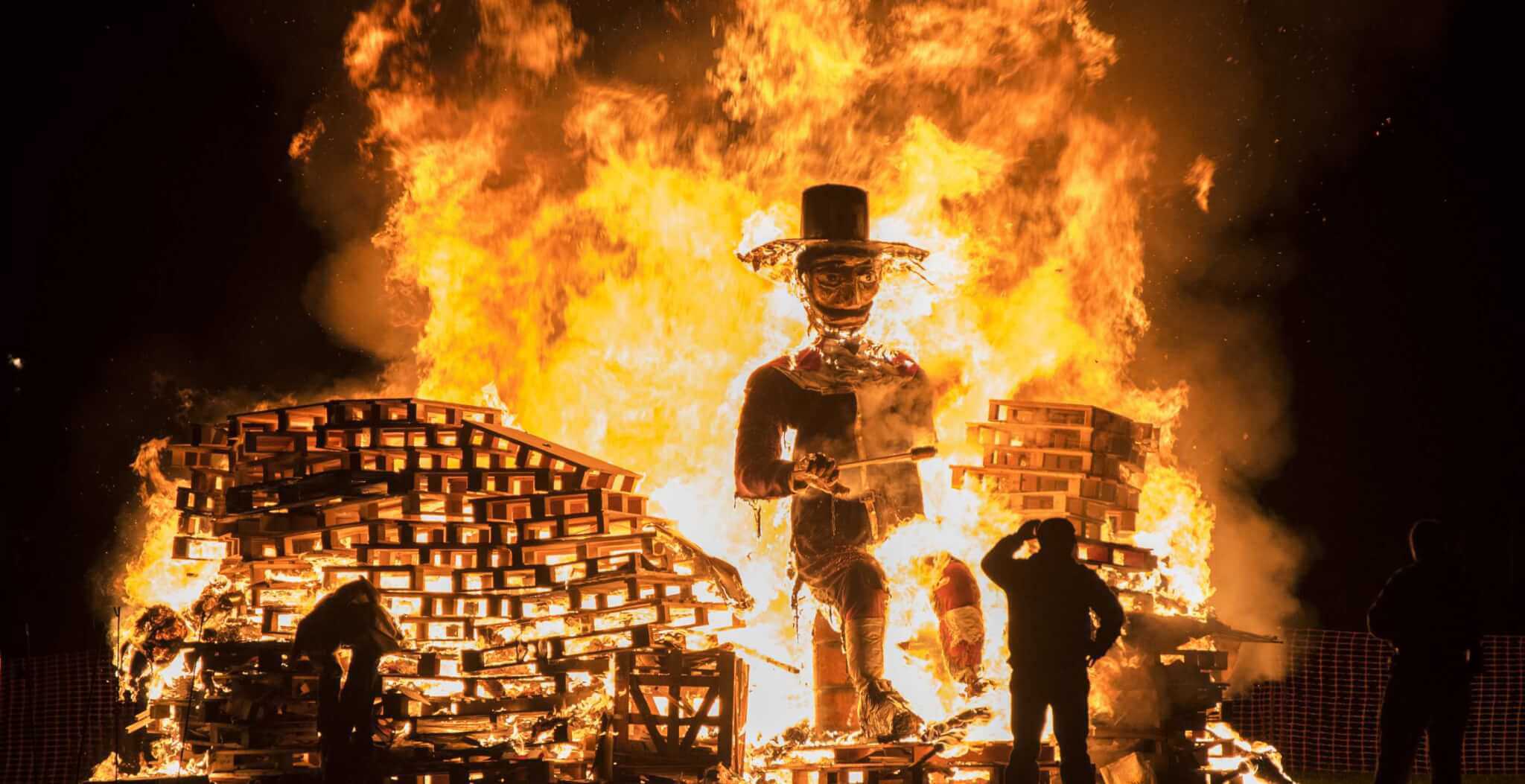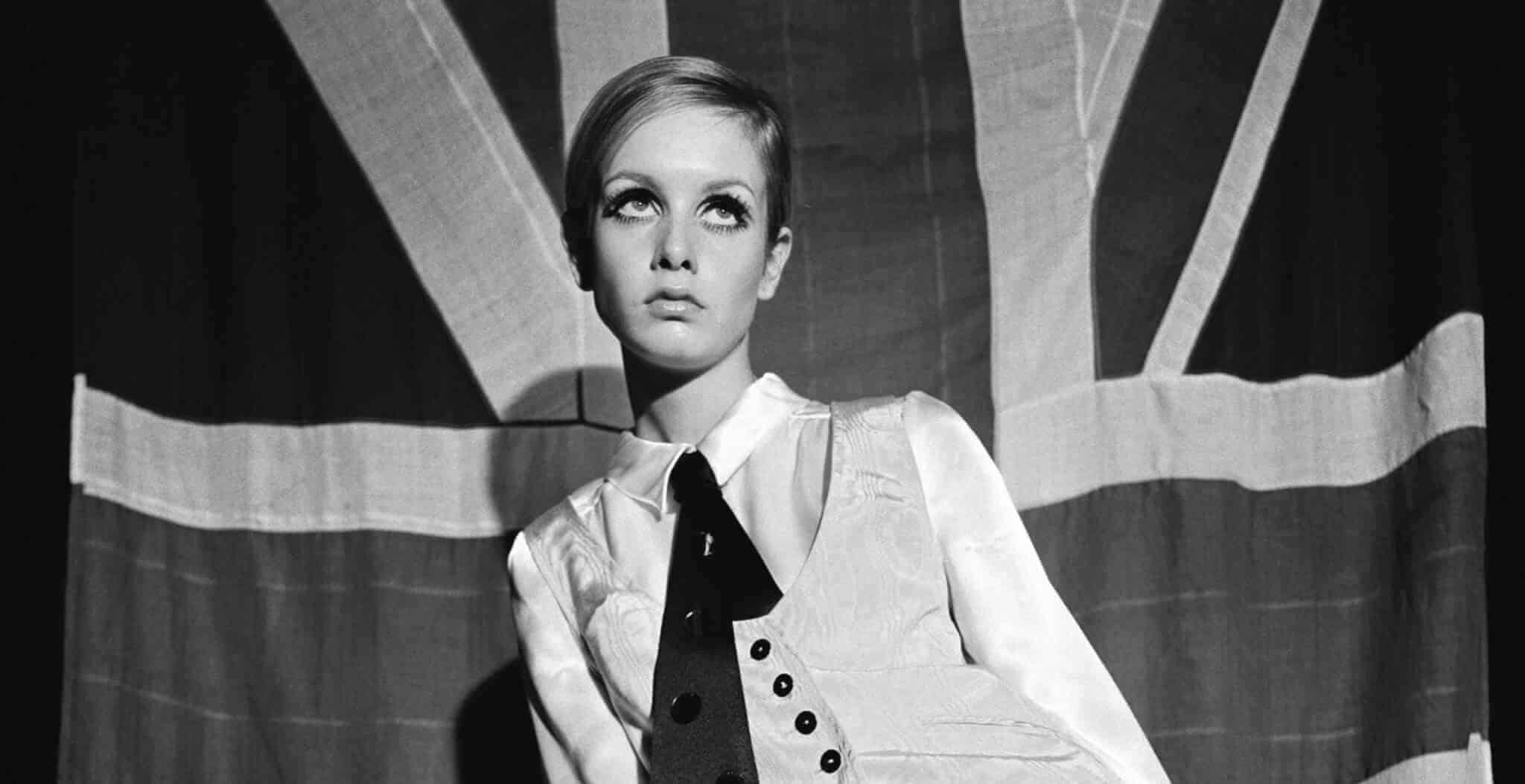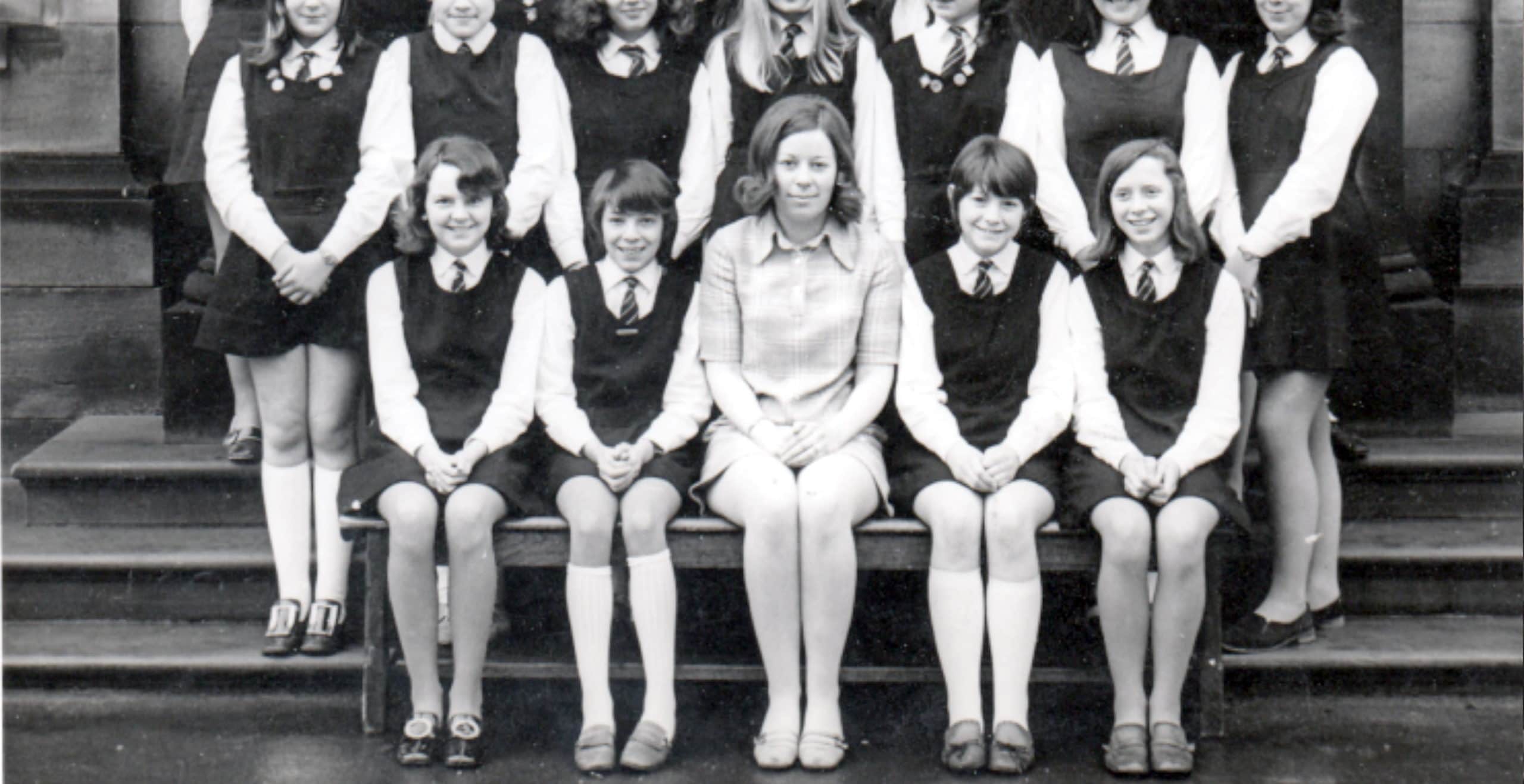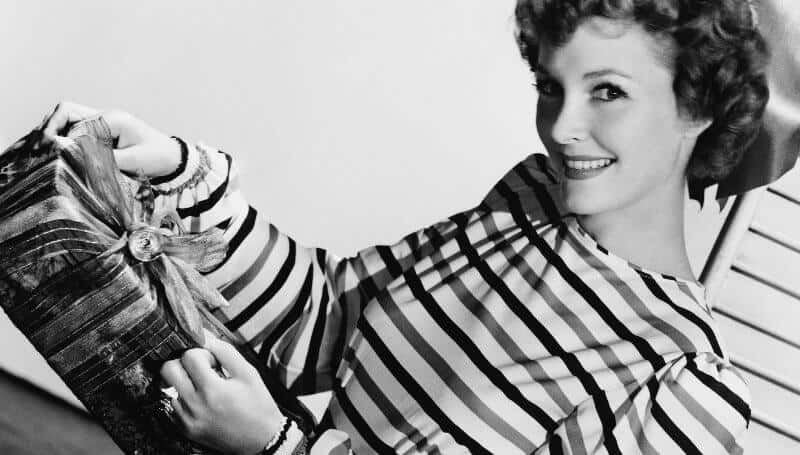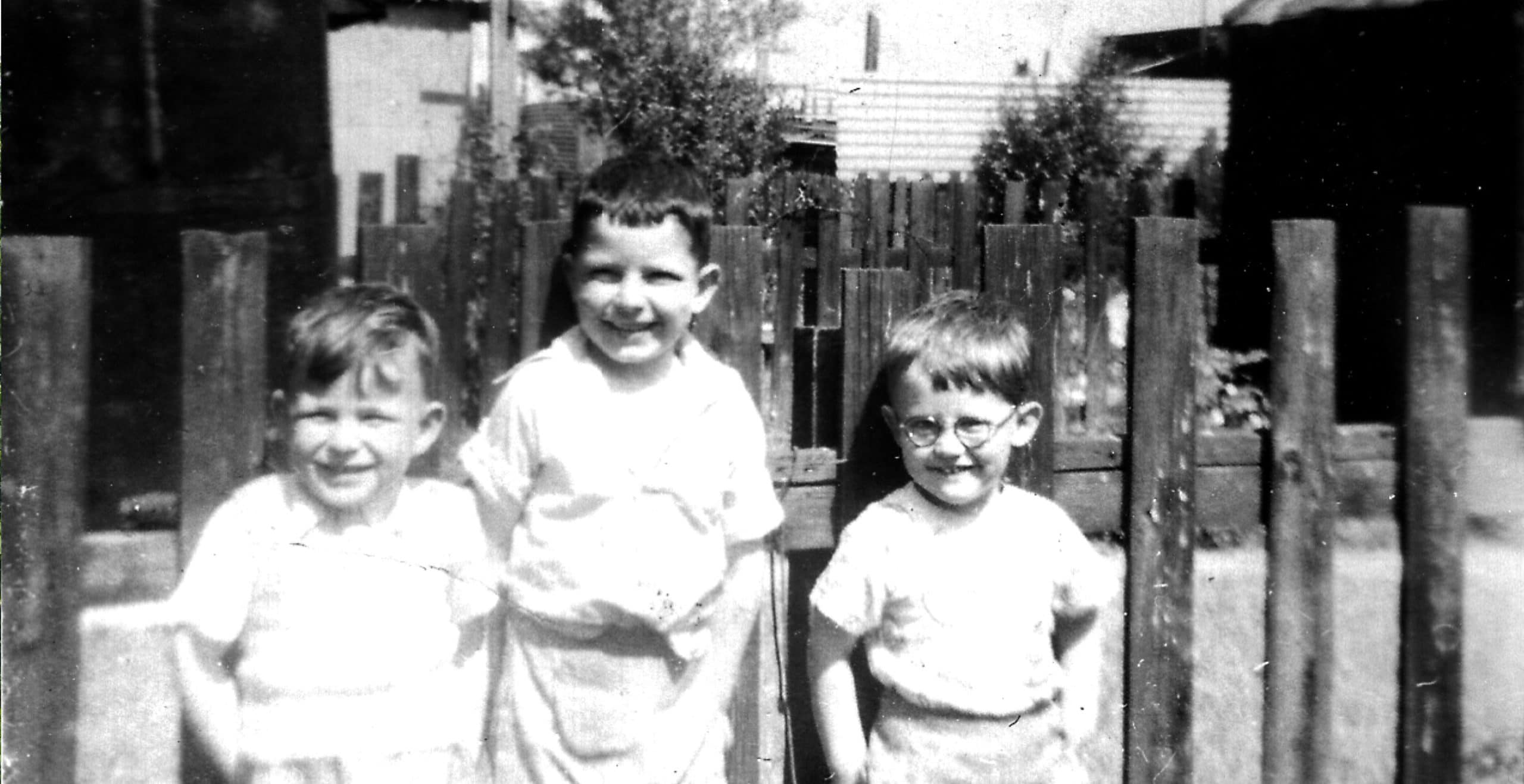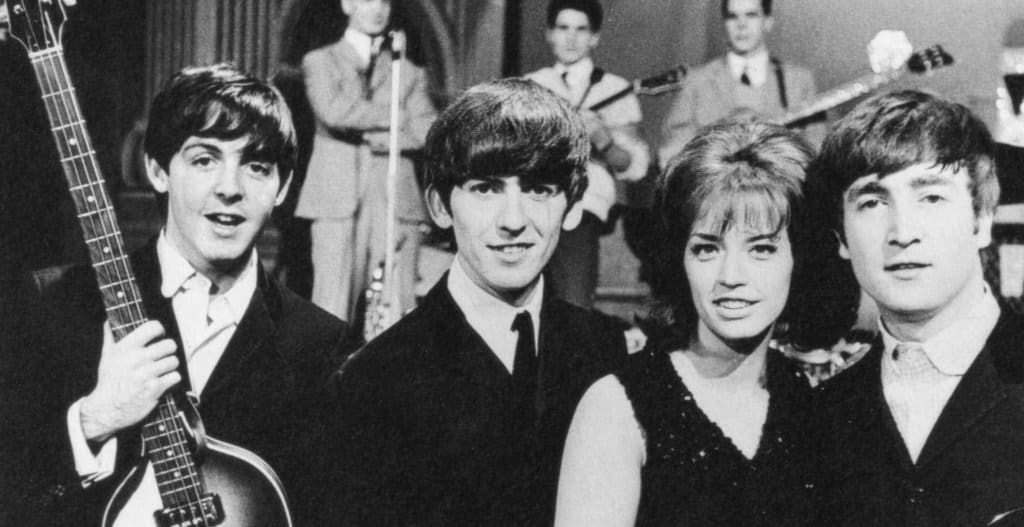Prior to 1971, there were 12 pennies to the shilling and 20 shillings to the pound. There were guineas, half crowns, threepenny bits, sixpences and florins. This old system of currency, known as pounds, shillings and pence or lsd, dated back to Roman times when a pound of silver was divided into 240 pence, or denarius, which is where the ‘d’ in ‘lsd’ comes from. (lsd: librum, solidus, denarius).
To prepare the nation for the changeover in currency systems, the Decimal Currency Board (DCB) was set up, running a public information campaign in the two years prior to the switchover on Monday 15 February 1971, also known as Decimal Day. Three years before changeover, new 5p and 10p coins were introduced; these were the same size and worth the same amount as the one and two shilling coins. In 1969 a new 50p coin was introduced to replace the old 10 bob (shilling) note.
The banks were closed for four days before changeover to prepare. Currency converters were available for everyone, and prices in the shops were shown in both currencies. This went some way to alleviate the feeling many people had, that shopkeepers might use the conversion from old money to new to increase prices!
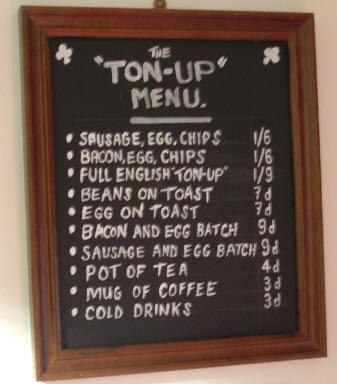
Cafe price list circa 1960 with prices in shillings and pence
‘Decimal Day’ ran without a hitch. Although the elderly generation found it more difficult to adapt to decimalisation, in general the population readily embraced the new currency and the oft-used phrase of the 1970’s “How much is that in old money?” is now more commonly used in reference to metrication.
For a short time the old and new currencies operated in unison, whereby people could pay in pounds, shillings and pence and receive new money as change. Originally it was planned that old money would be phased out of circulation over eighteen months, but as it turned out, the old penny, halfpenny and threepenny coins were officially taken out of circulation as early as August 1971.

from l to r: shilling, farthing, threepenny bit
It was originally intended that the new unit of currency would be referred to as ‘new pence’ to distinguish it from the old money, but this was quickly adapted to the abbreviation ‘pee’, which we still use today.
The term ‘decimal currency’ describes any currency that is based on one basic unit with a sub-unit which is a power of 10, most commonly 100, and comes from the Latin word decem, meaning ten. In comparison to the rest of the world, Britain lagged behind in the decimalisation stakes. Having converted to the ruble (equal to 100 kopecks) in 1704, Russia became the world’s first country to adopt a decimal currency, followed by the 1795 introduction of the franc in the wake of the French Revolution.

from l to r: sixpence (or tanner), half crown, half penny
Whilst Britain and our nearest neighbour Ireland did not convert to decimalisation until 1971, this was not the first time Britain had considered decimalisation. As far back as 1824 Parliament had considered decimalising the British currency. In 1841,the Decimal Association was founded in support of both decimalisation and use of the SI metric system, the international standard for physical measurements which had been adopted by France in the 1790s and has since been widely introduced across the world (although interestingly the metric system has still not been fully implemented in the UK).
However despite the introduction of the two shilling silver florin in 1849, worth one-tenth of a pound, and the double florin (a four-shilling piece) in 1887, there was little development towards decimalisation in Britain for nearly a century.
It was not until 1961, in the wake of South Africa’s successful move to decimalisation that the British Government introduced the Committee of the Inquiry on Decimal Currency, whose 1963 report resulted in the final agreement to adopt decimalisation on 1 March 1966, with the approval of the Decimal Currency Act in May 1969.
Whilst various names for a new unit of currency had been suggested – such as the new pound, the royal or the noble – it was decided that as a reserve currency, the pound sterling was too important to lose.
Conversion table – decimal and pre-decimal systems
| Pre-decimal | Decimal | |
| Coin | Amount | |
| Halfpenny | ½d. | 5⁄24p ≈ 0.208p |
| Penny | 1d. | 5⁄12p ≈ 0.417p |
| Threepence | 3d. | 1¼p |
| Sixpence | 6d. | 2½p |
| Shilling | 1/- | 5p |
| Florin | 2/- | 10p |
| Half crown | 2/6 | 12½p |
| Crown | 5/- | 25p |
There are now only two countries in the world who officially continue to use non-decimal currencies. Mauritania still employs the ouguiya, which is equal to five khoums and Madagascans use the ariary, which is equal to five iraimbilanja. However, in reality the khoum and iraimbilanja sub units are so small in value that they are no longer used and the rest of the world’s currencies are either decimal, or use no sub units.
Whilst many of our closest neighbours have succumbed to the simplicity of the Euro since its induction on 1 January 2002, for now at least the majority of Britons remain faithful to the pound sterling. Whether this is down to a sense of identity or the more altruistic suspicion that goods prices will rise dramatically (or a combination of the two!), whatever the viewpoint it is agreed that there is still a great deal of debate over any change to British currency. As with decimalisation then, perhaps in two hundred years time we will have decided our European counterparts are on to something!
